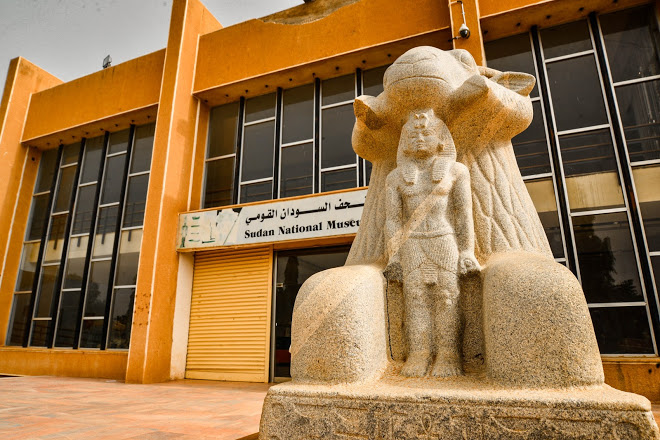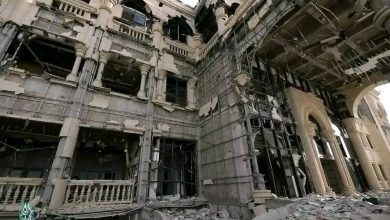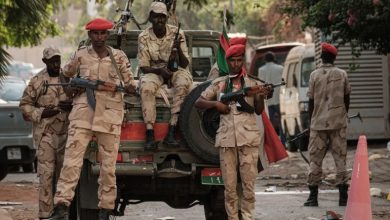Reports
Sudan’s Museums: Violating the Nation’s Identity

Sudan Events – Agencies
The ongoing war in Sudan has left nothing untouched. The country has lost much, but the most irreplaceable loss is its heritage of artifacts, museums, and archives. The conflict has stripped Sudan of a part of its rich past.
In Khartoum alone, over 33,000 buildings have been destroyed under bombardment, including structures from the 19th and early 20th centuries. These buildings represent a significant chapter in Sudanese architectural history. Among the casualties are notable landmarks like the University of Khartoum, formerly known as Gordon Memorial College.
Attention has also turned to Khartoum’s museums, situated in the heart of the conflict zones, particularly the Sudan National Museum. Established in 1971 on the banks of the Nile, the museum has sustained significant damage, including to the metal roof over its garden. This garden houses the ancient Temples of Buhen (dating back to 1200 BCE) and Aksha. The museum, which contained 100,000 artifacts, has suffered extensive losses, with some pieces destroyed and others looted. A research laboratory within the museum was also destroyed.
The Ethnographic Museum
The Ethnographic Museum, which reopened in 2021 after being closed for 16 years, has also suffered damage. This museum showcases artifacts from across Sudan, reflecting the country’s diversity and rich tribal heritage, including traditional clothing, kitchenware, and currency. Established in 1956, the museum originally served as a club for British soldiers.
Khalifa House Museum
Jamal Al-Din Zain Al-Abidin, a senior official at the Sudanese Antiquities and Museums Authority and the Khalifa House Museum, explained the significance of the Khalifa House in Omdurman, west of Khartoum. This house, built in 1887, was the residence of Khalifa Abdullah Al-Taishi, the successor of Imam Muhammad Ahmad Al-Mahdi, leader of the Mahdist Revolution. Omdurman became the capital of the Mahdist state, and the house served as its administrative center. In 1928, it was converted into a museum showcasing relics from the Mahdist state, the Turko-Egyptian rule, and the Anglo-Egyptian era.
Imam Al-Mahdi’s Sword and Other Artifacts
The museum housed numerous priceless items, including the sword of Imam Al-Mahdi, swords of his commanders, a rhinoceros horn cup used by the Khalifa, memoirs of Yusuf Mikhail (Al-Mahdi’s scribe), and artifacts belonging to Sultan Ali Dinar. Other notable items included medals and insignia of General Gordon, firearms, and traditional clothing like the jubbah. Tragically, all these items were looted during the war.
The looting of the Khalifa House Museum has been reported to international organizations, including UNESCO. Zain Al-Abidin described the incident as a catastrophic loss for Sudan’s heritage, equating the loss of these artifacts to losing the nation’s collective memory. He stressed that such heritage connects past generations with the present and fosters national pride. The destruction threatens this intergenerational connection and undermines the global perception of Sudan as a nation with a rich history and culture.
Other Affected Sites
The damage is not limited to the Khalifa House Museum. Other historic sites, such as Omdurman Prison, Omdurman Sports Club, and Ahmed Bashir Al-Abadi School—housed in a historic building—have also been looted. While many discuss the monetary value of these artifacts, Zain Al-Abidin emphasized that their cultural and historical significance is beyond financial estimation.
A Devastating Loss
The destruction of Sudan’s museums and archaeological sites, particularly during the war that began on April 15, 2023, represents an incalculable loss to the nation. As Zain Al-Abidin lamented, these artifacts embody the soul of the Sudanese people, reflecting their traditions, values, and history. Their loss is a wound that no amount of money can heal.
(Source: Sudan Echo)



